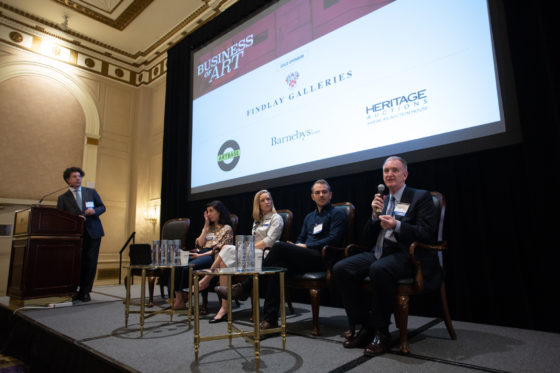In a tight labor market, employers are seeking to gain or retain a workforce with more pay, work for home and other perks. They can also improve retention through a culture of trust and consideration. Improve how you listen and investigate when someone on your team speaks up about compliance. If you investigate with urgency and respond, then you’ll gain trust and build employee engagement.
Here is an anecdotal case, from the perspective of the business: An anonymous report comes in from a small foreign office, that says “It seems like there is something going on between the marketing lead and a partner. I suspect they are wasting marketing funds.” The seriousness of the issue is not entirely clear—maybe the person reporting the issue is questioning the quality of the marketing campaigns. It is a challenge to reach people overseas. Some initial questions are asked, but the case sits for months before anyone starts reviewing the matter closely.
After almost a dozen interviews, no one reveals anything useful. The answer has to be found by sifting through years of email. The investigation ultimately uncovers how the company is being taken advantage of. It is shocking how so many people in the office know the marketing lead is stealing company funds, but said nothing.
After the late start, combined with actual wrong-doing that is festering, the person who reported the wrongdoing and the rest of the office have stopped caring. The business is left with a problem infecting the whole office, instead of having to deal with only one or two bad actors.
Compliance is a Retention Issue
A compliance report may raise questions about potentially uncomfortable topics: harassment, fraud, conflicts of interest or any number of issues highlighted in a typical code of conduct. When a report is substantiated, someone might be disciplined or fired—thus, colleagues may view the person who reported the issue as disloyal to the team. Those who come forward may also fear that their company may not care about the reported issue or try to cover it up, and maybe even retaliate against them.
With the risks reporting presents, it is likely to be the most engaged, loyal employees who report, so you risk losing your best if you fail to listen. This happens when you leave reported issues unaddressed, where you fail to rectify a substantiated report or when you let a report languish unresolved. But if you follow up and respond quickly, you will win trust. When a talented employee feels listened to, they will have higher morale, trust the boss more and be more committed.
Improving Investigations
Listening to a compliance reporter is about taking the issue seriously and expediciously running it to ground. The foreign office scenario above would have gone better had the investigators seen through the vagueness of the report to the potential seriousness of the underlying misconduct and then doggedly pursued a resolution from the start. With those in the office uncooperative in interviews, having access to past email made it possible for the investigation team to close the case.
Here are five tips to improve and speed up how you investigate:
- Have a process: Implement a disciplined approach for following the routine steps in a compliance investigation—assessing the initial report; developing an investigation plan; finding, verifying and analyzing to formulate a decision; and resolving with discipline, prevention, and training.
- Be selective when choosing your investigators: Staff your investigative team with individuals who are not wired to let cases sit. Provide them investigation training and consider augmenting with outsourced external investigators if an issue is large or complex.
- Define objectives: Set a clear objective for the investigation at the outset to keep investigators on track. The investigation can move on when they have obtained sufficient facts about the objective—finding that “smoking gun” email, for example. When you learn something new that needs further review, flag it for later but do not let it interfere with your first objective.
- Use technology: Give your investigators direct access to the data. It is frustrating for an investigator to receive a report and then have to wait for IT to provide the relevant emails or other data, then wait for IT to provide additional materials when the investigator learnes something new. The team’s investigation times accelerate when it has direct access to email and other communications through archiving platforms and other technology.
- Track timing: The time to complete an investigation is dependent on the circumstances. The investigation team should set period of time to resolve the investigation when a compliance issue arises.
A business builds a strong culture when it supports those who speak up. Having a strong investigative team, defining objectives, using technology and being aware of completion timing will allow you to quickly learn what is going on. You will also demonstrate that you are not using a haphazard approach. This will give your employees more confidence in your company and encourage them to stay around.

